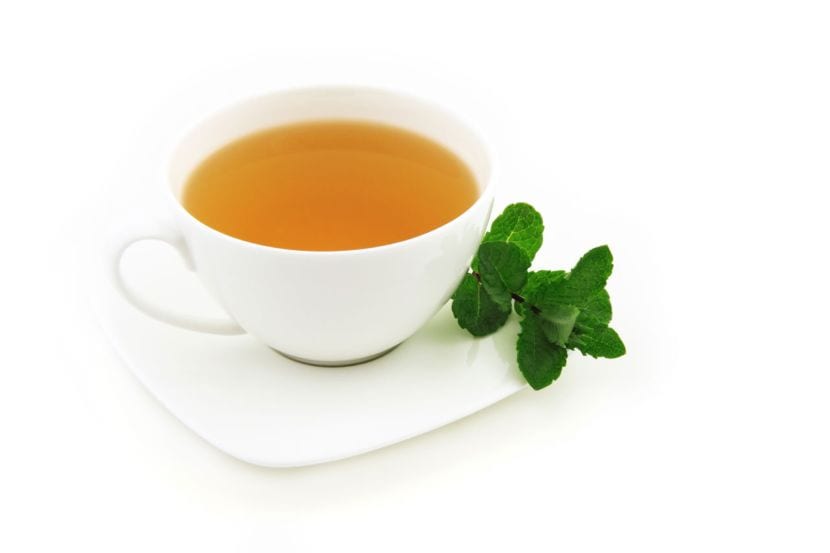
Would you like to know how to make your own tea, obtaining the better medicinal benefits, and without having to go to the supermarket to buy? Well, do not hesitate, in this article we will explain different ways to prepare your own tea.
From seeds, roots, flowers, leaves or fruits, the truth is that there are many plants from which you can make a delicious tea and drink it whenever you want.
Leaves tea
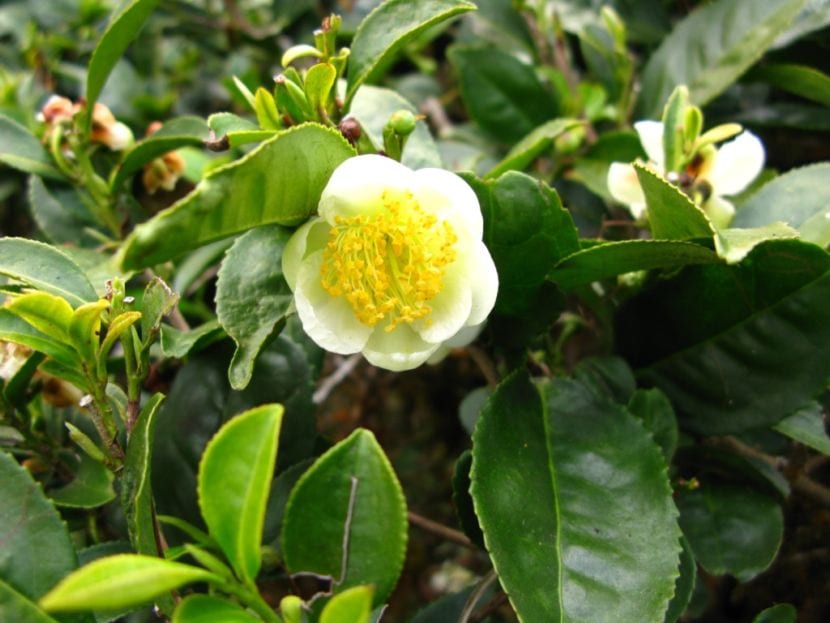
The tea plant, Camellia sinensis
Camellias are shrubs or small trees native to Asia. They are very popular for their beautiful flowers, which appear in the fall and winter. One of the species, Camellia sinensis, is unusual in that it is a producer of all the commercial teas in the world, including white, green and black teas.
Especially two varieties are used for this purpose: Camellia sinensis var. sinensis found in China, and Camellia sinensis var. assamica originally from Assam, in India.
Farming: Camellia will thrive in a climate zone between 7 and 9, that is, it supports frost, but not excessive heat. If it is potted, you may want to protect it from severe frosts. To facilitate harvesting, it can be pruned to a height of three or four meters, or it can be allowed to grow freely.
The flowers that appear in autumn must be harvested and dried, to later be added to the leaves to improve the flavor of the tea.
How to harvest: the first two leaves and the leaf bud are to be taken in spring.
How to make tea: The leaves are heated before they become dehydrated, steamed for 1 to 2 minutes. Immediately after, they are put in cold water. The leaves are then spread out, then all rolled up, and placed in the oven at about 100 degrees Celsius for 10 minutes. The heating process is finished when the leaves are completely dry and crisp. Store them in a hermetically sealed glass container.
To prepare the tea, six leaves are put in a tea bag. Then it is introduced into a glass with water which has been previously boiled, and covered with a lid to let the tea rest for three minutes.
Medicinal benefits: Green tea has antibacterial, diuretic, and stimulant properties. Additionally, it can help lower cholesterol and slow down the aging process.
Seed tea
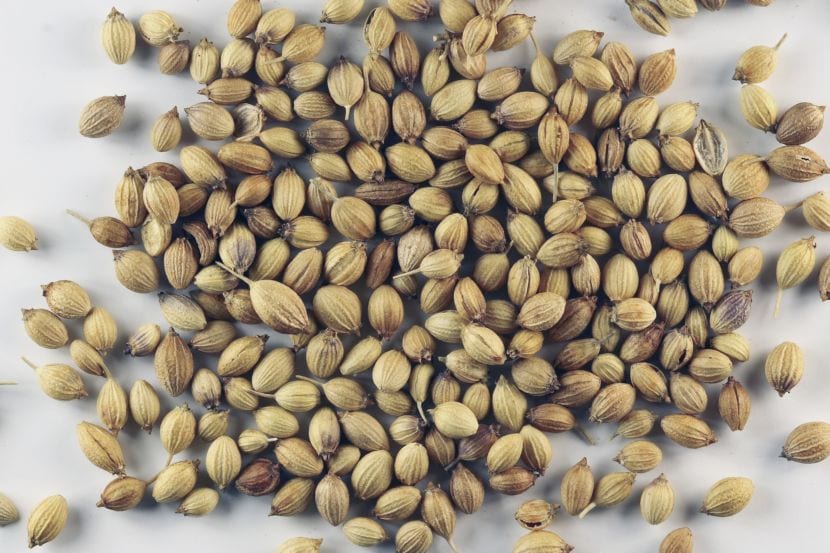
Cilantro (Coriandrum sativum)
Cilantro is a very popular aromatic herb that is used for salads, sauces, etc. It is a very fast growing annual plant that blooms in summer, giving rise to seeds. If you want to improve the tea, also harvest its leaves, but ... hurry up! The leaf season is very short.
Farming: the cultivation of coriander by seeds is very simple. Obtain seeds either from plants or compared directly at a garden store, and plant them with universal substrate in a large pot.
Or if you don't want to wait, buy a plant in a nursery, or even in local markets.
How to harvest: The harvest takes place two weeks after the appearance of the seeds. This is done to finish maturing and the leaves begin to wither. Leave the leaves on a plate, in a warm and dark place, and when they are completely dry, transfer them to a closed container. For the seeds, cut long stems and place them upside down, in a warm place, and when they are completely dry, store them together with the previously harvested leaves.
How to make tea: About 15 seeds are crushed in a mortar. The crushed seeds and two pieces of leaves are put in a tea bag. The water is heated, and a cup is filled. Cover the mug with a lid and let the tea steep for four minutes.
Medicinal benefits: Helps in digestion.
Fruit tea
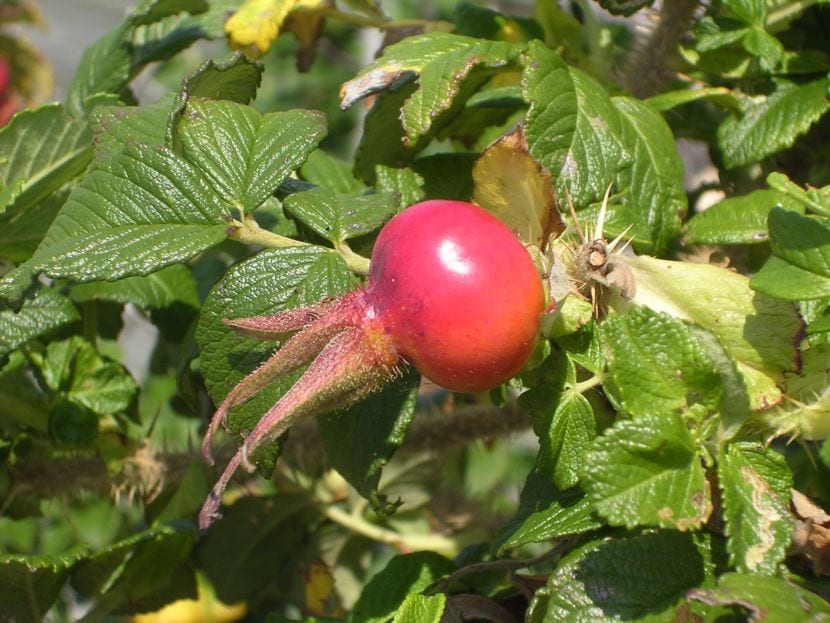
rosehip (rough rose)
The berries of this beautiful rose are formed on plants after they have been pollinated by bees.
Farming: Rosa rugosa is a very good option if you want to make rosehip tea. The cultivation is the same as the rest of the roses: place it in a location in full sun, and water it often, whether it is in a pot or in the ground.
How to harvest: Pick round, brightly colored berries, the ideal time of which is usually fall. Be sure to collect lots of them so you can have them for many months to come. The dark upper part and the lower stem are cut off.
How to make tea: The small hairs in the center must be removed before making tea. Once this is done, they will be put into a mincer, but be careful not to crush them too much. They are then placed on a baking sheet and placed in the oven at a hot temperature for about 20 minutes. It is recommended that every 5 minutes they are stirred a little to avoid burning.
If you haven't removed the hairs, don't worry. You can do it now by putting the berries in a colander and shaking it until the hairs fall out.
Place a teaspoon of dried pink berries in a saucepan with 1 1/2 cups of water, and simmer for 10 to 15 minutes. Strain into a glass of water, and serve hot.
Medicinal benefits: They provide about 20 times more Vitamin C than oranges. Vitamin C helps the immune system, keeping it healthy.
Flower tea
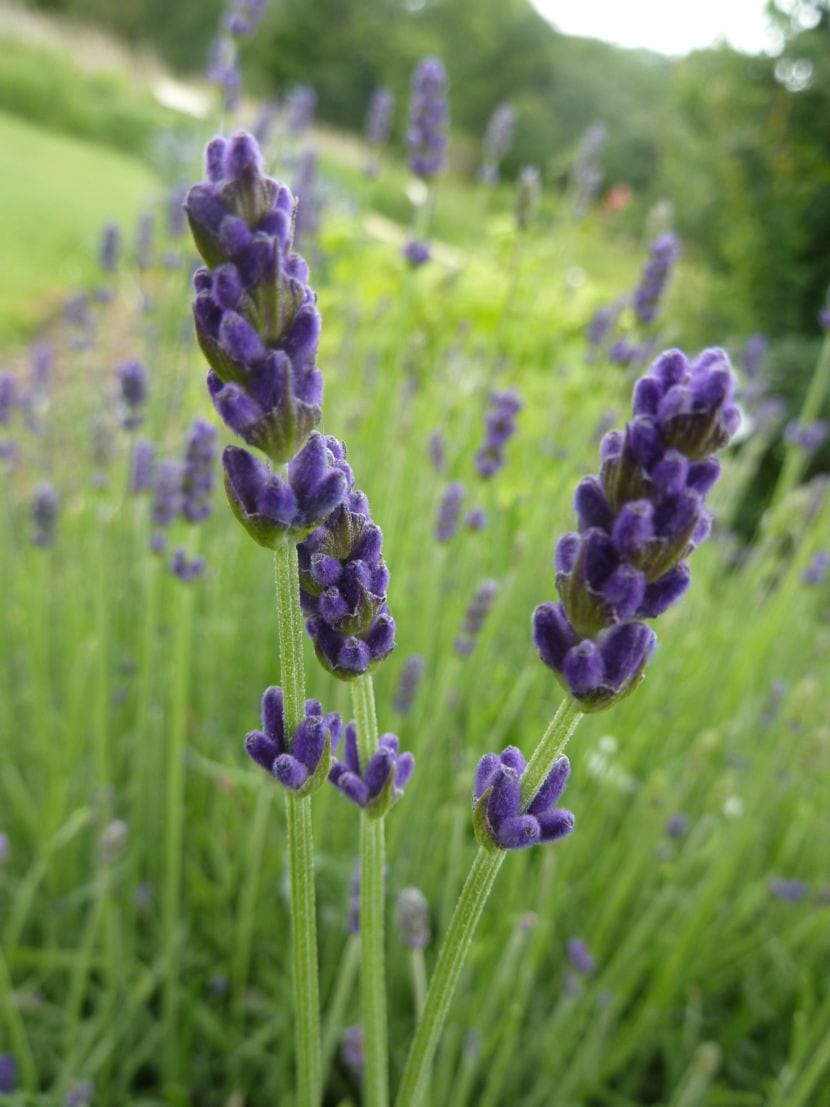
Lavender (Lavandula angustifolia)
Lavender is a perennial herbaceous plant native to Europe and Africa, it can even be found in Asia. There are about 39 species, but only one of them is used to make tea: Lavender angustifolia. It resists light frosts without problems.
Farming: growing lavender is easier when buying a nursery plant, since we only have to worry about choosing a good location, which should be in full sun. But it can also be achieved by seeds by sowing them in a pot with a universal substrate.
If you want to have it in a pot, do not overwater it as the roots could rot. And if, on the contrary, you want to have it on the ground, it will only need periodic watering the first year; from the second and if the rainfall exceeds 300 liters per year, it can be maintained by itself.
How to harvest: The flowers are mainly used to make tea, but you can also take their leaves. To dry your lavender, cut off the long stems before the flowers are fully open, and hang the bunches in a cool, dark place. When the flowers have dried and some leaves have withered, store them in an airtight container in a dark closet.
How to make tea: The water is boiled and a cup is filled. If fresh lavender is used, put two or three flowers and a few leaves in a tea bag. Put the bag in the mug, cover it with a plate or lid, and let it sit for three minutes.
If using dried lavender, add a teaspoon of the flowers and leaves to a tea bag and steep for about four minutes.
Medicinal benefits: It has calming and relaxing qualities, helps prevent insomnia, fight colds and coughs, and if that were not enough, it relieves upset stomachs.
Root tea
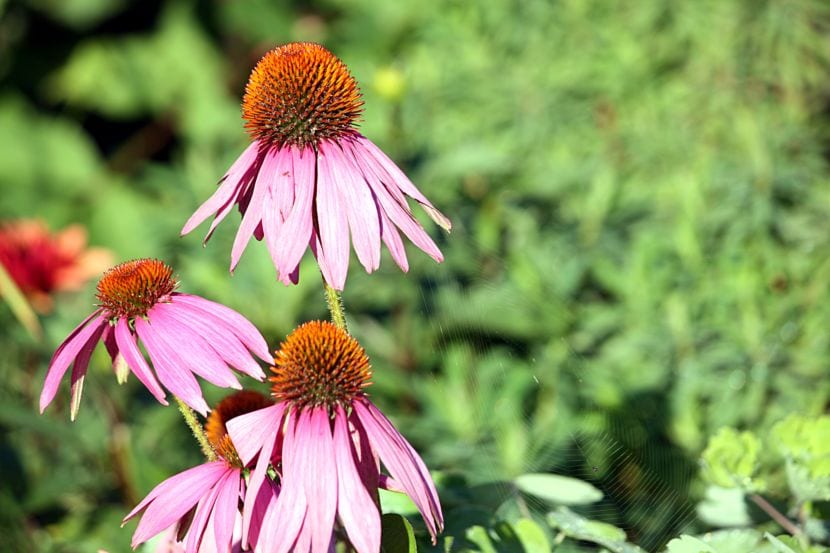
Echinacea (Echinacea angustifolia, Echinacea pallida, Echinacea purpurea)
Echinaceas are very popular plants in gardens, as they attract numerous pollinators, and they dress you in a spectacular way.
Farming: These are tall plants, which will grow wonderfully if placed at the back or in the center of a sunny location. If you want to get Echinacea from seed, plant them directly in the seedbed in full sun and you will soon see your own plants grow.
If you want to have them in the garden, add some type of organic fertilizer before planting, such as worm castings or horse manure.
How to harvest: Echinaceae need a minimum of three years to get their roots large and strong enough to divide. They are harvested in the fall, cutting a large portion to re-sow. With the remaining one, chop it up and place it on a baking sheet in a warm, dry place. The leaves and flowers can be collected throughout the summer and dried in the same way. Choose flowers that are not fully open. The roots are stored in a container separate from the leaves and flowers.
How to make tea: Place two pinches of Echinacea root and 1 1/2 cups of water in a small saucepan, cover, and bring to a boil. Then lower the heat and simmer for about 15 minutes. Add a pinch of leaves and flowers and let it steep for three minutes. And finally, it is strained in a glass of water.
Medicinal benefits: strengthens the immune system, helps fight sore throats, colds and flu.
What do you think of these ways of making tea? Did you know them?